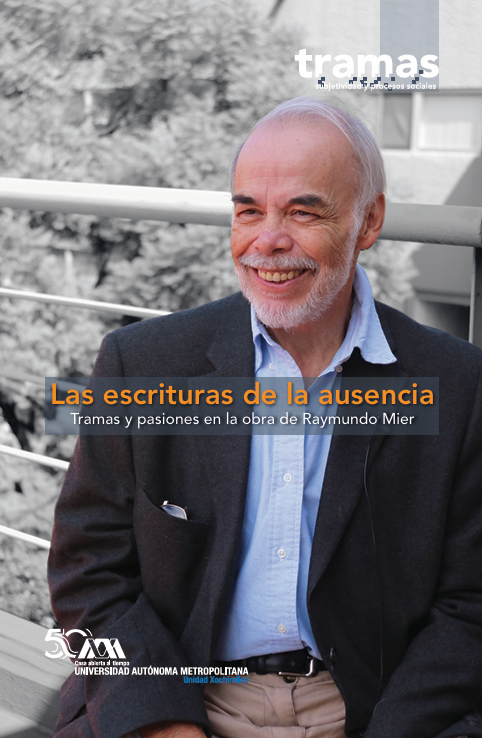En torno al niño
Abstract
The authors begin this paper describing their professional practice in a governmental organization, that woks with homeless children in Buenos Aires. Analyzing a case, the purpose is to show how in the professional intervention emerge contradictions; through those, structures or modalities that were believed abandoned, still work. Then, they briefly stop in the historical evolution of "Foundling Children House", founded in 1779. In this institution, abandoned children could be "deposited" by the lathe ("LeTournee, as it was called in France): A revolving wood framework located near the principal door of the building; that was to permit the child entrance, as soon as the person who left him was not seen. in the front of the lathe the following phrase could be read: "My father and mother throw me away, the divine piety accepts me here". They found the results of this practice similar to those that Jacques Donzelot explains in his book "The policeman of the families"; and also make themselves some questions: One of them is referred to the professional intervention, and, if in spite that they are updated with the social sciences development, they do not underlie the same representations. Another question, makes them think if the society (including them) doesn't share the contents of the phmse above the lathe; analyzing each part of it. In a second part, the authors present an intervention (Juana's case: a girl found in the train station with her sisters, who accuses her parents for physical and sexual abuse), trying to answer come of these questions. Once the description of the case was made, they develop an interpretation of the problem, from social, legal, and psychological points of view, trying to explain not only the resolution of it, but also the interrelation among relevant factors, such us the mistakes they made and how this way of intervention increased the pain and damage that this girl was suffering. The conclusions reached by the authors present that it's proven in this case how through the accomplished institutional intervention, the underlying concepts that gave sense to the "Tournee's practice" were repeated; due to the fact Juana's story was denied, and also her family context, her particular demands, etc. They recognize that they didn't generate the space to think how this abuse situation was registered in each member of the family; and that they placed themselves like the one who only approaches the manifest symptom, what supposes the appearance of new symptoms in the whole familiar group. However, they don't ignore –as members of a governmental institution- that the State has a responsability of intervening in these kind of situations; but they believe that punishing should be an instance for the justice. The professional challenge, would be then, to make possible the active rebuilding of the damaged –familiar and social- structures. Finally, the authors consider that what is pathological would not remain only of the side of the familiar symptom, but also in the disjointed strategies of those who were "around the child".











